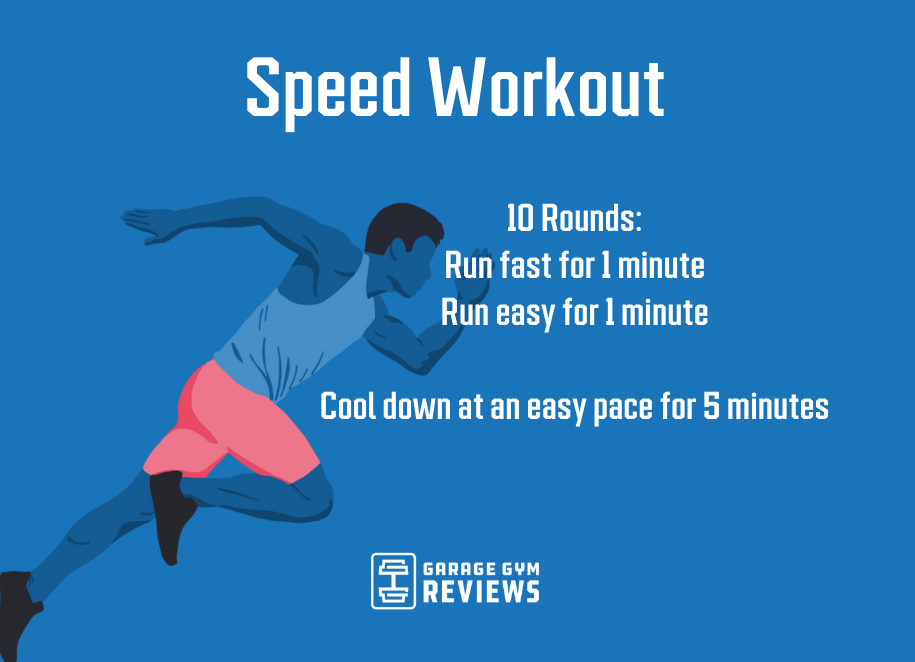Maximize Your Running Workout: Specialist Strategies Introduced
Maximize Your Running Workout: Specialist Strategies Introduced
Blog Article
The Ultimate Overview to Dealing With Pain When Running
Whether you are a seasoned marathoner or simply beginning your running trip, understanding the numerous kinds of pain that can arise and the methods to resolve them is critical. From pre-run warm-up regimens to correct footwear selection, there are countless factors to consider when it comes to dealing with discomfort while running.

Recognizing Different Types of Running Discomfort
When running, it is vital to distinguish in between different kinds of pain to stop injuries and make the most of performance (Read More). One common type of discomfort that joggers may experience is muscle pain, which normally occurs from the tension placed on muscles throughout workout. This sort of discomfort is commonly a normal component of the running process and can be handled via appropriate warm-up, cool-down, and stretching regimens
Another kind of discomfort to be familiar with is joint discomfort. Joint discomfort can show problems such as overuse, incorrect form, or underlying conditions like joint inflammation. Disregarding joint pain can bring about a lot more serious injuries, so it is crucial to attend to any type of discomfort promptly and possibly seek specialist recommendations.
In addition, sharp or stabbing discomforts must not be disregarded. These kinds of pain can signal acute injuries such as pressures, strains, or tension fractures - running strategy. Continuing to go through these sorts of pain can intensify the injury and prolong recovery time

Pre-Run Workout and Stretching Regular
To prepare the body for a running session, executing an efficient pre-run workout and stretching routine is important. A proper warm-up assists boost blood circulation to the muscle mass, enhances flexibility, and lowers the risk of injury during the run. Begin with vibrant stretches like leg swings, arm circles, and high knees to gradually increase your heart price and loosen up the muscles. Dynamic extending helps imitate the activities you'll be doing while running, preparing your body for the task in advance. Follow this with static stretches concentrating on major muscular tissue groups such as the hamstrings, quadriceps, calf bones, and glutes. Hold each stretch for regarding 15-30 seconds without jumping to advertise muscular tissue leisure and flexibility. Remember to pay attention to your body and readjust the strength of your warm-up based upon your physical fitness degree and any kind of pre-existing problems. By including a regular pre-run warm-up and extending regular right into your running routine, you can maximize efficiency and lessen the threat of pain or injury.
Correct Footwear Choice and Fit
When selecting operating shoes, it is crucial to take into consideration aspects such as foot kind, running stride, arch assistance, padding, and shoe size. Visiting a specialty running shop for a stride evaluation and professional fitting can help make certain that you pick the right footwear for your specific requirements. Spending in top notch footwear that is suitable for your running style and foot anatomy is a positive step in the direction of protecting against discomfort and injuries during your runs.
Nutrition and Hydration Tips for Discomfort Prevention

Hydration is just as important for joggers to prevent aches, dehydration, and other discomforts that can lead to discomfort throughout running. By prioritizing web link nourishment and hydration, runners can enhance their performance, lessen discomfort, and enjoy a much more comfortable running experience.
Post-Run Healing Techniques to Reduce Discomfort
Applying effective recovery methods is vital for relieving discomfort and promoting muscle recovery after running sessions. Furthermore, icing sore areas for 15-20 minutes can assist minimize swelling and numb discomfort post-run.
Hydrating properly post-run is important for renewing fluids lost during exercise and helping in muscle recovery. Taking in a balanced snack or dish that includes healthy protein and carbs within thirty minutes of completing a run can assist repair muscle cells and restore power stores. Furthermore, getting enough rest is essential for permitting the body to fix and enhance muscle mass. Integrating active recovery tasks such as light strolling or swimming can additionally aid advertise blood flow and minimize muscle mass stiffness - Read More. By integrating these post-run healing methods right into your routine, you can successfully take care of discomfort and maximize your running efficiency.
Conclusion
In conclusion, addressing various sorts of running discomfort through proper workout, extending, footwear choice, nutrition, hydration, and post-run recuperation strategies is crucial for discomfort avoidance and monitoring. By comprehending the reasons for pain and applying these methods, runners can reduce discomfort and possible injuries. It is important to focus on general physical health and wellness to ensure an effective and pleasurable running experience.
Report this page